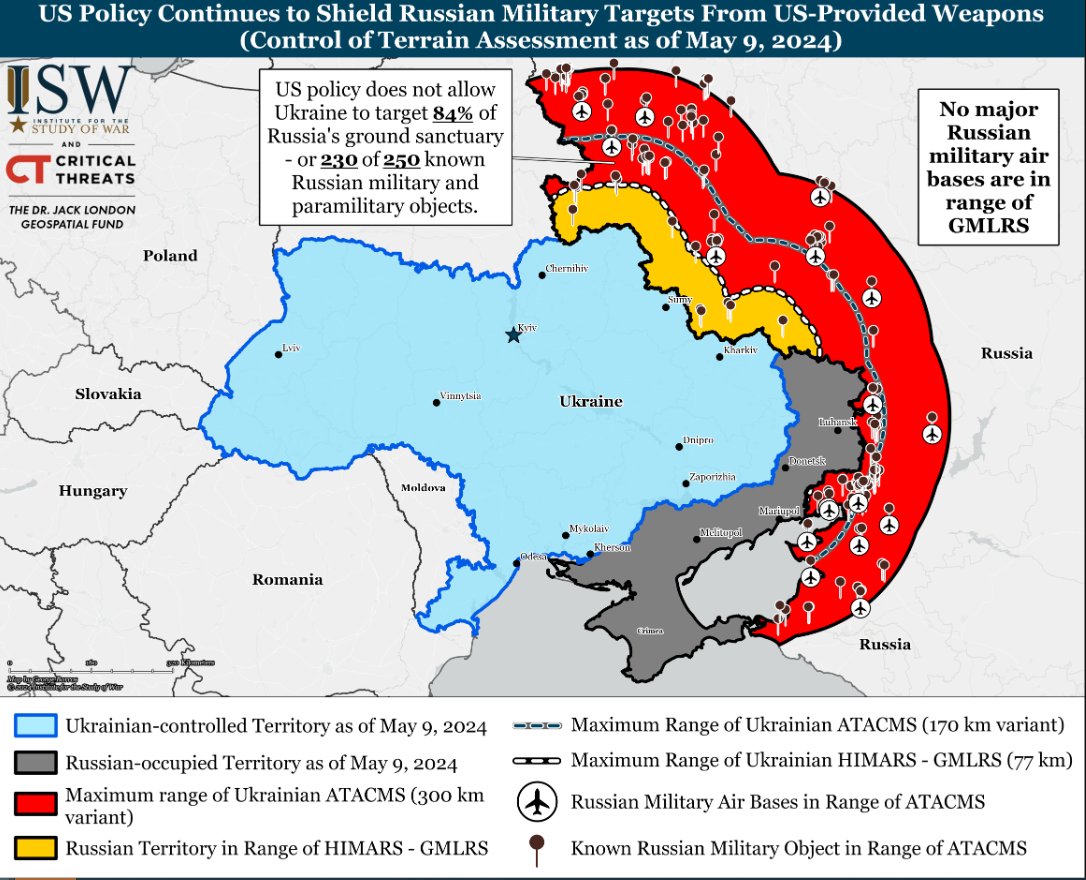NEW: Russian milbloggers claimed that Russian forces recently regained lost positions in Kursk Oblast amid reports of continued Ukrainian attacks in the area on Aug. 25.
Russian forces recently advanced near and within Toretsk and southwest of Donetsk City.
More key takeaways⬇️


Russian forces recently advanced near and within Toretsk and southwest of Donetsk City.
More key takeaways⬇️



2/ The Russian military likely continues to redeploy forces from lower priority sectors of the frontline in Ukraine to the frontline in Kursk Oblast.
3/ French authorities arrested Telegram founder Pavel Durov on August 24, prompting concern among Russian ultranationalist milbloggers about their ability to report freely on the war in Ukraine.
4/ ISW has not observed any direct evidence indicating that Durov's arrest will affect Telegram operations in the near term, however.
5/ RU milbloggers reacted to Durov's arrest by focusing on how RU soldiers rely on ad-hoc communications, including Telegram, for organizing operations in UKR and called on the RU military command to establish an adequate official communication system. isw.pub/UkrWar082524


• • •
Missing some Tweet in this thread? You can try to
force a refresh




















